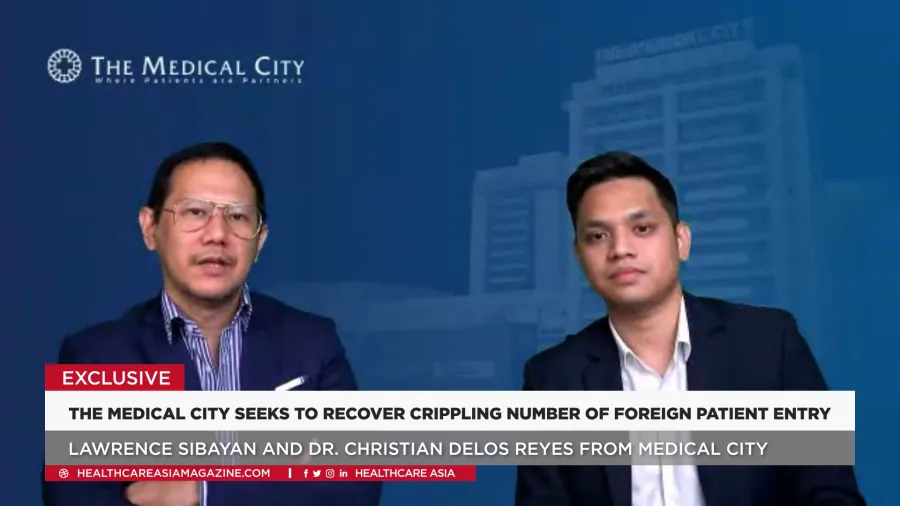
The Medical City seeks to recover crippling number of foreign patient entry
It cut the price for executive check-ups by 15% for travellers from Guam and the Pacific.
During the onset of the health crisis, Philippine hospitals became a danger zone on the back of overwhelmed bed capacity, as well as sickened and insufficient medical frontline workers, which resulted in bottlenecks on treatment for other medical conditions. But after recurrent waves of infections, hospitals were able to turn the tide after improving their measures in mitigating the impacts of the infectious disease. These hospitals include The Medical City (TMC).
TMC, a healthcare network in the Philippines, is eyeing to increase the count of patients in other countries, specifically, Guam and the Pacific by uplifting the confidence of foreign travellers.
It started a program to reassure people that there is nothing to fear to get treated for other health concerns aside from COVID-19, TMC Chief Marketing Officer Dr. Christian delos Reyes said.
“This campaign actually aims to give them confidence and assure them that it's already safe. It's already time for them to look into their health, prioritise it and take action, and go back to the hospital, go back to their doctors, seek medical help, if needed,” said delos Reyes, over an interview with Healthcare Asia.
Specifically, the program, “Back to Health, Back to the City” gives discounts as much as 15% to interested international patients from Guam and the Pacific.
The discount covers inpatient and outpatient services; whilst patients could also avail of a special executive check-up (ECU) package, which includes three-day-two-night stay at any of their chosen hotels. The promo also has free-of-charge services including facial skin analysis, body fat analysis, personalised ECU assistance, and pick-up and drop-off.
TMC also warned that if people avoided going to hospitals for the necessary treatment, there will be a second pandemic with illnesses that might have been resolved if treated early.
Making TMC safe again
To further allay fears of seeking medical attention amidst the COVID-19 threat, delos Reyes assured that they divided facilities for COVID-19 patients and possible COVID-19 patients from non-COVID-19 patients.
“When we say we separate them, it means literally we separate elevators, we separate beds from the emergency room, we separate hallways to assure them that it's safe, and you will not be infected by any COVID-19 infection,” delos Reyes explained.
In terms of manpower, TMC also hires nurses but allocates 20% of their nurse population to COVID-19 facilities, to ensure there are enough health workers to cater to patients in non-COVID-19 cases.
“We just make sure that there's the optimum ratio between patients that you see and in the number of employees that are currently available to provide the service so those are all the preparations that even whether there is a surge or none, it's a day by day business as usual for us,” said Dr. Lawrence Sibayan, assistant vice president for marketing and business development at TMC Ortigas.
Why travellers from Guam?
Dating back to opening its first branch and first private hospital in Guam in 2015, Guam Regional Medical City, TMC decided to provide the discount for patients on the US soil, where the healthcare network also has established relationships with patients and private insurance.
“It's because the majority of our international patients and clientele at the moment are actually coming from that region. Hence, the decision to extend the discount to them,” said Sibayan.
Delos Reyes also noted that around half of the TMC’s international patients population seeking medical aid are returning Filipinos who prefer the Philippines as their “health destination.”
In addition, delos Reyes shared that some of their cases from Guam were also referred from the Guam Regional Medical City.
“We benefited from this because we also have our other hospitals in the region wherein we have Medical City Iloilo, Medical City Clark in Pampanga and these are the places where most of [returning Filipinos] actually prefer to go to because they're the native, shall we say province or place for them,” said delos Reyes.
With the popularity of telemedicine during the pandemic, Sibayan said the program will also include teleconsultation, whenever possible, for medical consultations before the patient could travel to the Philippines to access medical care.
He noted that there are difficulties in adding telemedicine for patients because other countries have regulations, particularly on licensing for teleconsultation.
“So when there's a consultation that's been done, there are a lot of things that we have to address in order, for example, insurance to cover it. And of course, we have to follow each of the country's rules and regulations and laws for the use of teleconsultation. But what we have done really is whenever it's possible, we made it part of the patient journey,” said Sibayan.
On expansion plans, delos Reyes also said they will extend the campaign to other healthcare centres of TMC, which has over 50 clinics and four provincial hospitals. Currently, the promo is being offered at TMC’s branches in Ortigas, Pasig, Iloilo and Clark, Pampanga.
Since travel became a hassle due to limited flights and stringent health rules during the pandemic, the number of international patients from Guam declined. TMC then managed to facilitate patients in need of emergency care, surgical care, as well as immediate consultation and management for cancer, through the help of the Philippine Embassy and partners in Guam and other islands.
TMC’s promo will also benefit the Philippine government in economic recovery after the health crisis put medical tourism on the backseat, said Sibayan.
According to Sibayan, TMC, also one of the forerunners of such medical care, served about 50 nationalities for around 30 nations globally.
In 2021, TMC Ortigas received the COVID-19 Management Initiative of the Year Award due to its seamless infection prevention efforts such as the “TMC One Complex, Two Hospital Systems,” which provides patients clear-cut processes and division for COVID-19 patients in isolated areas and separate safe access for non-COVID-19 patients.
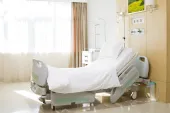

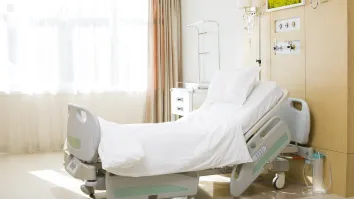
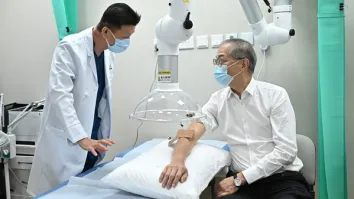

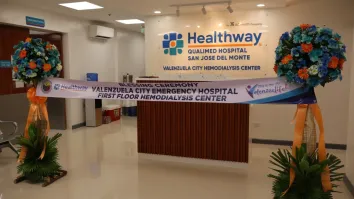













 Advertise
Advertise








